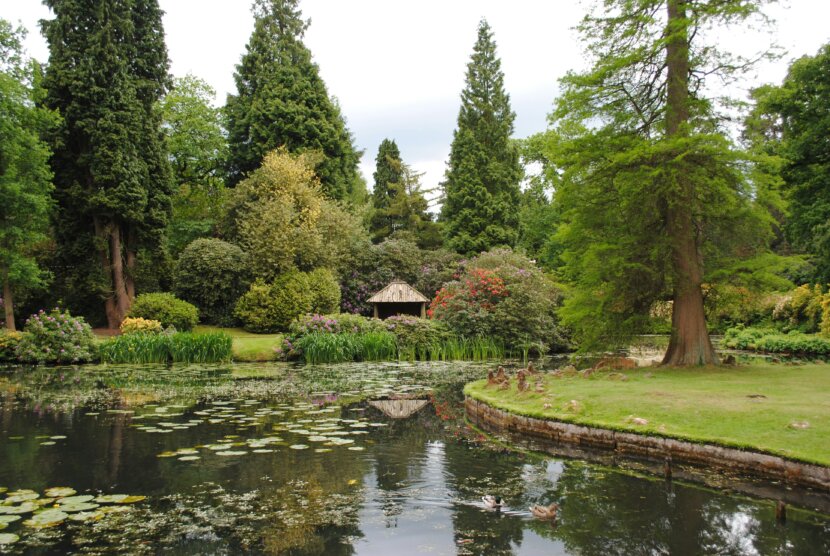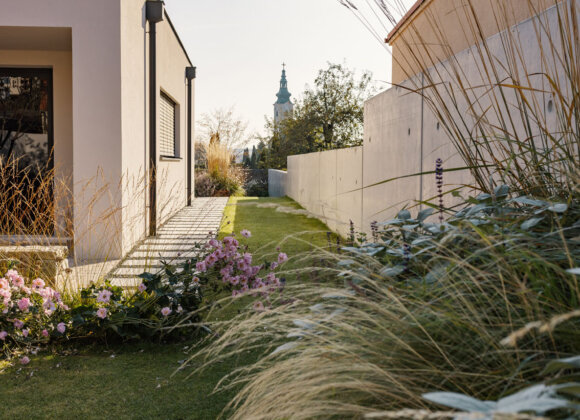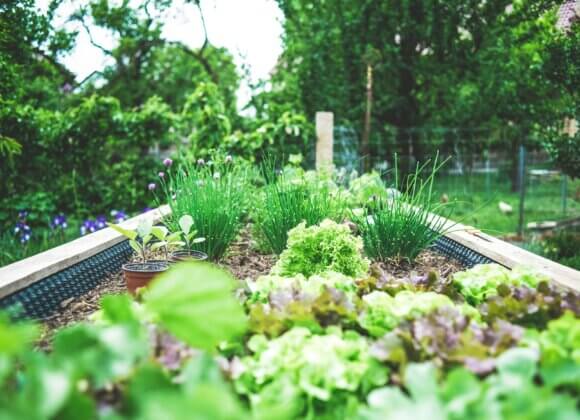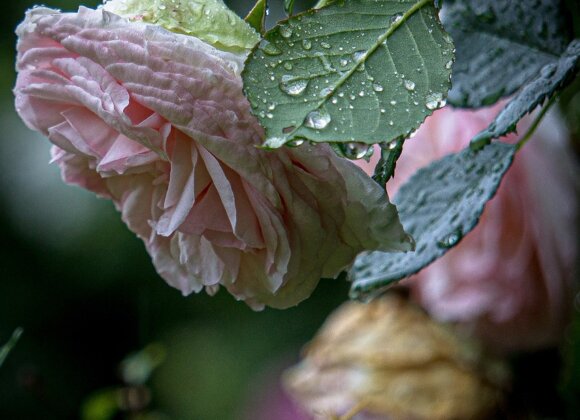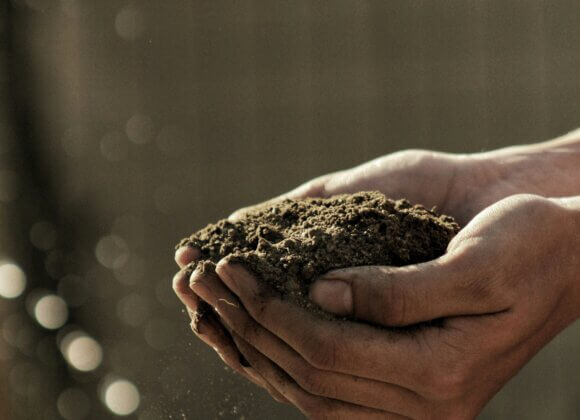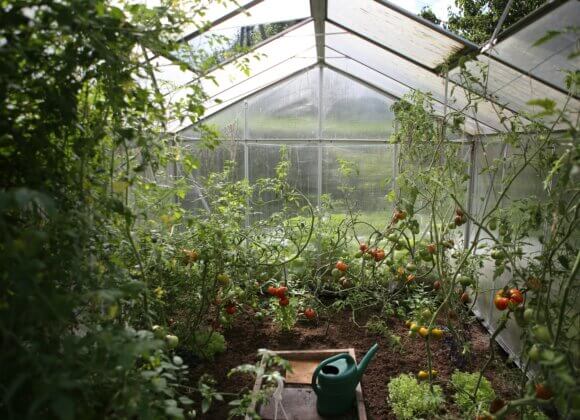Ponds are an asset to any garden. We’ll tell you what you should consider when creating a garden pond so that you too can enjoy an additional highlight.
If you want to create a garden pond, you should first decide what type of pond you want. After all, not all garden ponds are the same: the spectrum ranges from nutrient-rich and planted natural bodies of water to mixed forms and clear, nutrient-poor and often plant-free bodies of water, which can also be created in the form of a natural pool. Among other things, it is important to consider whether the garden pond is to be used only as an eye-catcher or also as a bathing area – and if so, by how many people. You should also ask yourself how much time and effort you want to spare for the maintenance and care of the pond and, last but not least, what your budget is.
Creating a garden pond: Clarify the four main points
In addition to the type of pond, there are three other questions that you should clarify at the outset: These include the location, shape and size of the pond and whether technology should be used or the work left to nature.
The right location
Of course, it makes sense if the garden pond can be seen from the patio. However, it is not a good idea to position it even if the conditions are not ideal. To be able to enjoy your garden pond for a long time, it should be positioned in partial shade. If the sun shines on the water for five hours a day, this is sufficient, as too much sun encourages the growth of algae.
The house, as well as trees and shrubs, can provide shade – but make sure you keep a sufficient distance from the latter two. Leaves, needles and the like are just as unhelpful as roots, which in the worst case can destroy the pond liner.
It is at least as important to keep a distance from various pipes. One point that should also be taken into account when looking for the right location is the wind: this should be able to stir up the pond and thus mix the water – another factor for good water quality.
Size matters
The larger a pond is, the easier it is to do without technology. If you want to operate your pond without a filter system, you should give it at least 200 square meters of space. This is because the plants and microorganisms that do the work of the filter system need sufficient space. They will find this in a separate bank zone, a shallow water zone and finally the deep water zone.
Another aspect is that the water in garden ponds of this size generally does not heat up as much, so there is less risk of the precious water tipping over. As a general rule, to prevent the water from overheating in summer and freezing completely in winter, the garden pond should be at least 80 centimetres deep; some pond planners even recommend a minimum depth of 1.20 meters.
But even if you have less space, you don’t have to do without a garden pond. With the right technology, just a few square meters are enough. There is something else to bear in mind in this case: Water needs to be topped up regularly during hot spells, as small ponds can lose several centimetres in depth per day due to evaporation.
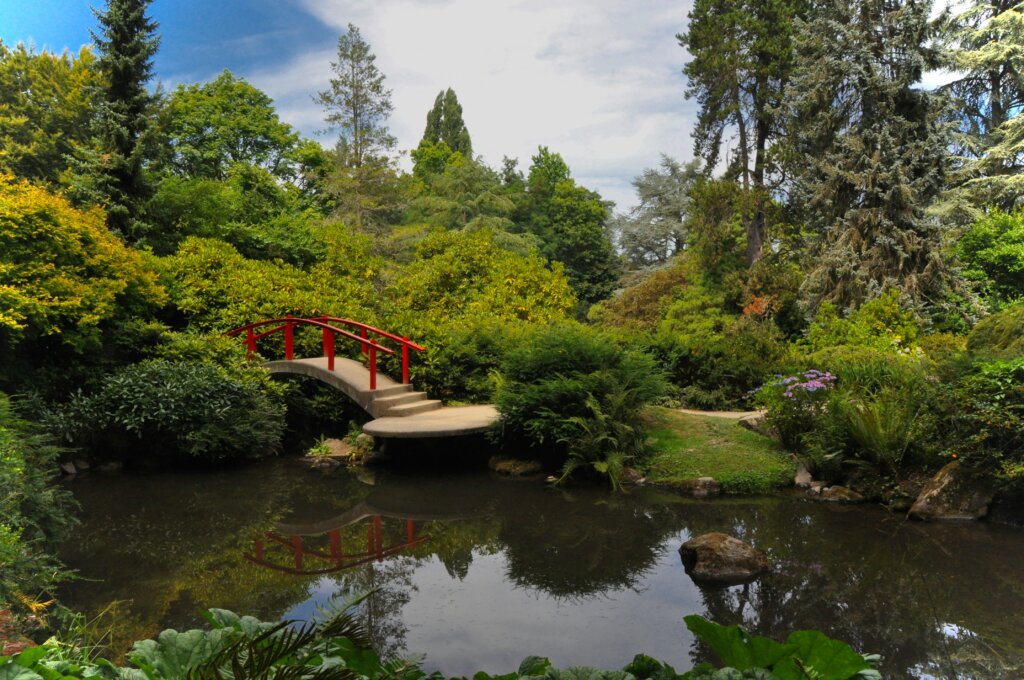
Garden pond with or without liner
If you want to own a large or individually shaped garden pond, you generally cannot do without a liner. For small ponds, pond basins are an alternative. With liners, it is important on the one hand to choose stronger products and on the other hand to think about disposal at the time of purchase.
A few tips on pond construction
The basic prerequisite for good success is a subsoil that is free of stones and roots. If a liner pond is to be created, it is advisable to add a layer of sand or pond fleece and only then lay the liner on top. This is followed by a layer of pond substrate and a layer of clay to reduce the formation of algae. And there is something else that is important when building a garden pond: the edge of the garden pond must be neatly separated from the lawn. This prevents lawn fertilizer from getting into the water.
Finally: A question of cost
There is no one-size-fits-all answer to the question of how much a garden pond costs. A mini garden pond is available for just a few hundred euros, but larger ponds can cost five figures.
Related posts:


